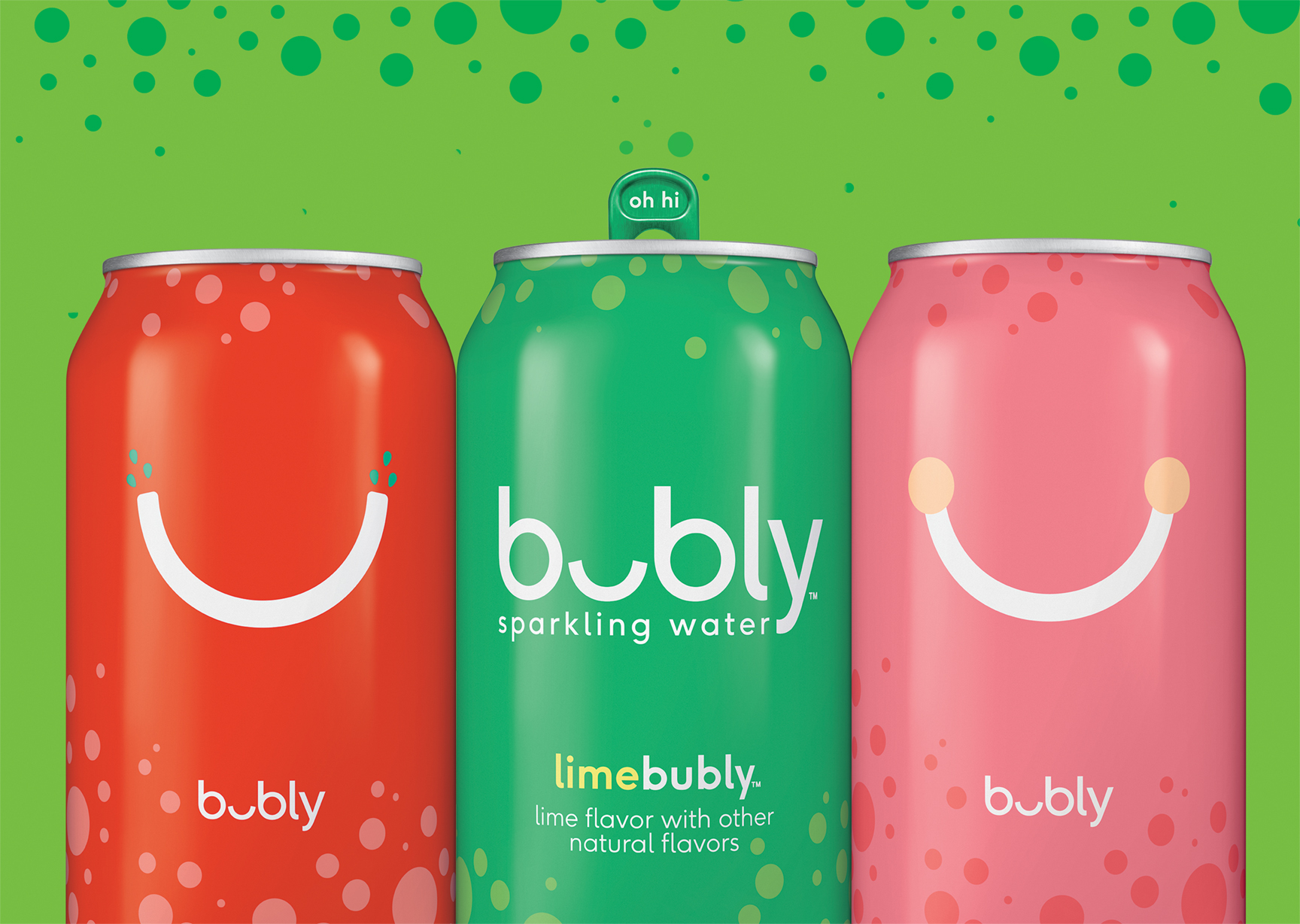Carbonated water (also known as soda water, glowing water, fizzy water, water behind gas or (especially in the U.S.) as seltzer or seltzer water) is water containing dissolved carbon dioxide gas, either artificially injected under pressure or stirring due to natural geological processes. Carbonation causes little bubbles to form, giving the water an effervescent quality. Common forms intensify glowing natural mineral water, club soda, and commercially-produced glowing water.
Club soda and glowing mineral water and some new sparkling waters contain other or dissolved minerals such as potassium bicarbonate, sodium bicarbonate, sodium citrate, or potassium sulfate. These occur naturally in some mineral waters but are as a consequence commonly further artificially to manufactured waters to mimic a natural expose profile. Various carbonated waters are sold in bottles and cans, later than some afterward produced upon demand by announcement carbonation systems in bars and restaurants, or made at house using a carbon dioxide cartridge.
Carbonated water is a key ingredient in soft drinks: gorgeous beverages that typically consist of carbonated water, a sweetener and a flavoring, such as cola, root beer, or ocher soda. Plain carbonated water is often consumed as an every other to soft drinks; some brands, such as La Croix, produce unsweetened seltzer products that are lightly flavored by the accessory of aromatic ingredients such as vital oils. Carbonated water is often consumed poisoned past fruit juice to make sparkling punches or new cocktails, or infused when freshen by the addition of cut-up roomy fruit or mint leaves.
This is what's really in Bubly sparkling water
Environment Scores Big Win With Zero-Waste(i) Legacy Project at Super Bowl LII
brandchannel: Here Comes PepsiCo's Smiley bubly Sparkling Water
:max_bytes(200000):fill(white)/http://dcmzfk78s4reh.cloudfront.net/1520186327779.jpg)


No comments:
Post a Comment